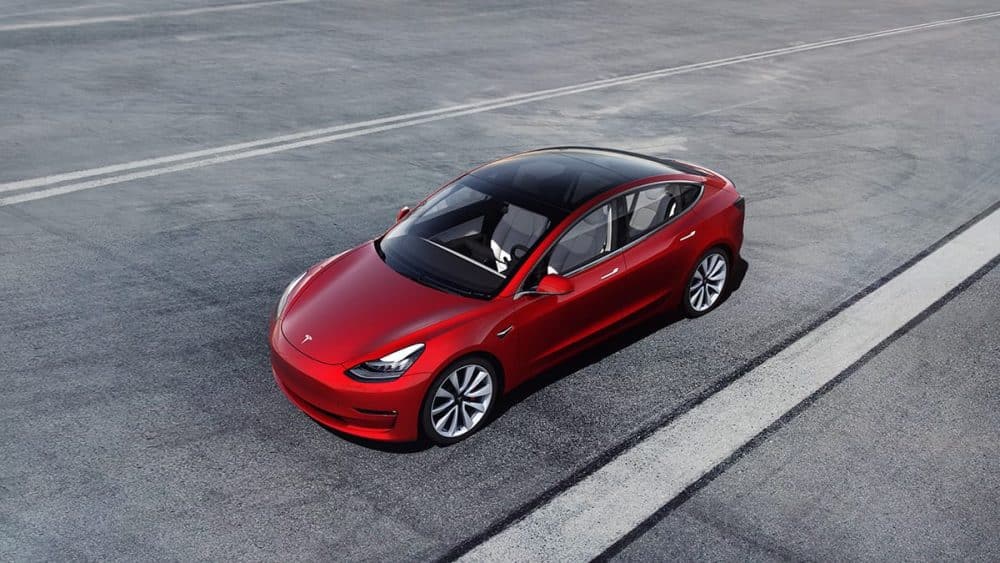A study has now revealed how much it would cost to use Carbon Capture and Storage (CCS) to mitigate climate change. It is $17.6 trillion dollars. Proponents of it said it is the only feasible way to mitigate climate change (apart from nuclear power) because coal and natural gas are cheap. Is this $17.6 trillion idea simply sweeping dirt under the rug? Let’s explore that. It involves continued reliance on fossil fuels obtained via dangerous and environmentally destructive extraction practices such as hydraulic fracturing (commonly referred to as fracking), mountaintop removal coal mining (MTR), and long wall coal mining.
The $17.6 trillion price tag is the initial cost required to equip all of today’s power plants (worldwide) with CCS technology (assuming favourable geological conditions), according to Jeremy van Loon of Bloomberg. Therefore, in reality, it is likely to cost more than this. Carbon capture and storage requires a large, stable container to store carbon dioxide under high pressure. This container is often an existing underground chamber, as the cost of building compressed-gas storage tanks is prohibitively high.
Carbon capture and storage entails compressing the gases emitted by fossil-fueled power plants and storing them in the chamber mentioned. Compression tends to be very energy-intensive. If Greenpeace is correct, CCS power plants will use 10% to 40% more energy than non-CCS ones. It might be better to spend that $17.6 trillion plus the money that would otherwise be spent on increased energy bills on energy sources that don’t voraciously consume mined resources such as coal. i.e. renewable energy. Renewable energy prevents emissions and saves money in the long run. Not much could be done if a CCS storage chamber springs a leak in the future.
Let Us Connect The Rest Of The Dots – CCS Has An Undermentioned Environmental Impact
CCS increases fuel consumption which results in augmented environmental damage. This is because more coal will have to be mined to meet the increased coal requirements of CCS plants. This means that the already dwindling coal reserves will dwindle even faster and possibly inflate the cost of coal even more due to the increased fuel demand this causes. On top of that, coal mines emit methane. The Kemper County power plant will be the first commercial power plant in the U.S. to capture and store carbon its own carbon emissions. It is a town gas (gasified coal) energy facility under construction in Mississipi.
Source: Bloomberg.









